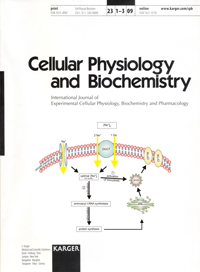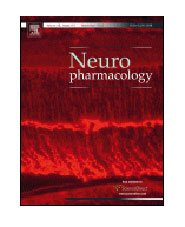
“Complex regional pain syndrome type 1 (CRPS-I) remains one of the most clinically challenging neuropathic pain syndromes and its mechanism has not been fully characterized.
Cannabinoid receptor 2 (CB2) has emerged as a promising target for treating different neuropathic pain syndromes.
In neuropathic pain models, activated microglia expressing CB2 receptors are seen in the spinal cord.
Chemokine fractalkine receptor (CX3CR1) plays a substantial role in microglial activation and neuroinflammation.
We hypothesized that CB2 agonist could modulate neuroinflammation and neuropathic pain in an ischemia model of CRPS by regulating CB2 and CX3CR1 signaling.
We used chronic post-ischemia pain (CPIP) as a model of CRPS-I. Rats in the CPIP group exhibited significant hyperemia and edema of the ischemic hindpaw and spontaneous pain behaviors (hindpaw shaking and licking).
Intraperitoneal administration of MDA7 (a selective CB2 agonist) attenuated mechanical allodynia induced by CPIP. MDA7 treatment was found to interfere with early events in the CRPS-I neuroinflammatory response by suppressing peripheral edema, spinal microglial activation and expression of CX3CR1 and CB2 receptors on the microglia in the spinal cord.
MDA7 also mitigated the loss of intraepidermal nerve fibers induced by CPIP. Neuroprotective effects of MDA7 were blocked by a CB2 antagonist, AM630.
Our findings suggest that MDA7, a novel CB2 agonist, may offer an innovative therapeutic approach for treating neuropathic symptoms and neuroinflammatory responses induced by CRPS-I in the setting of ischemia and reperfusion injury.”







